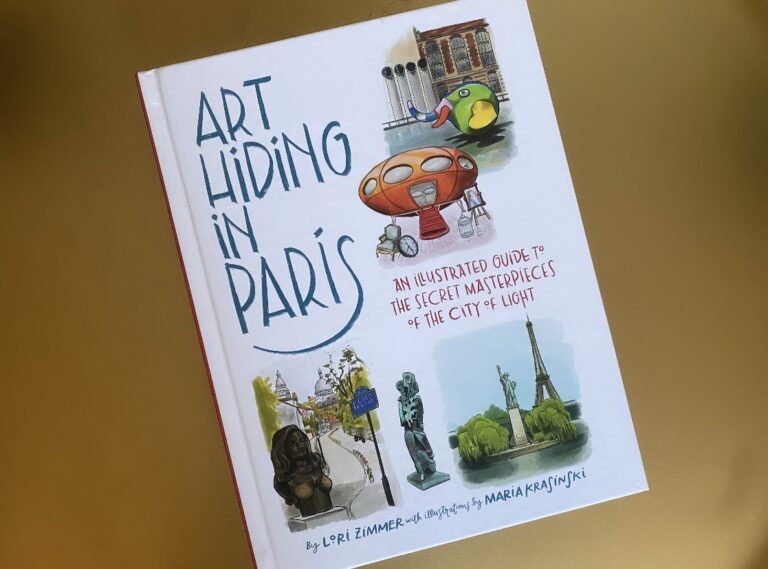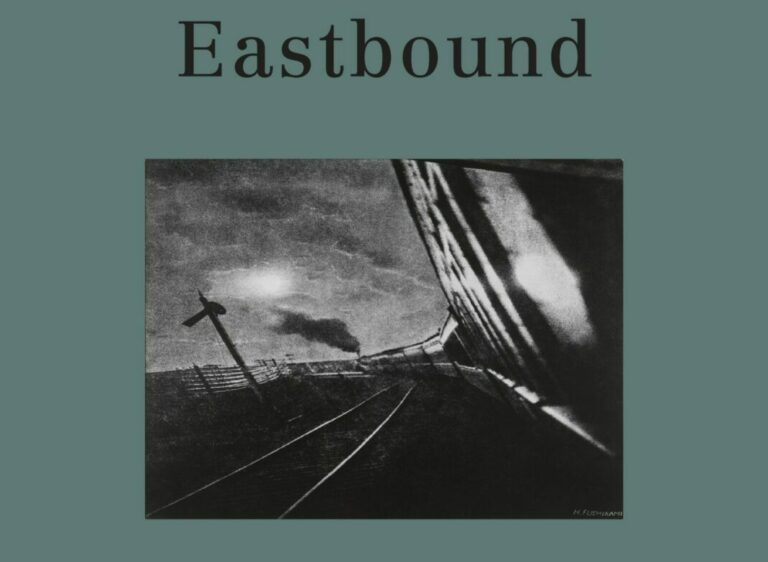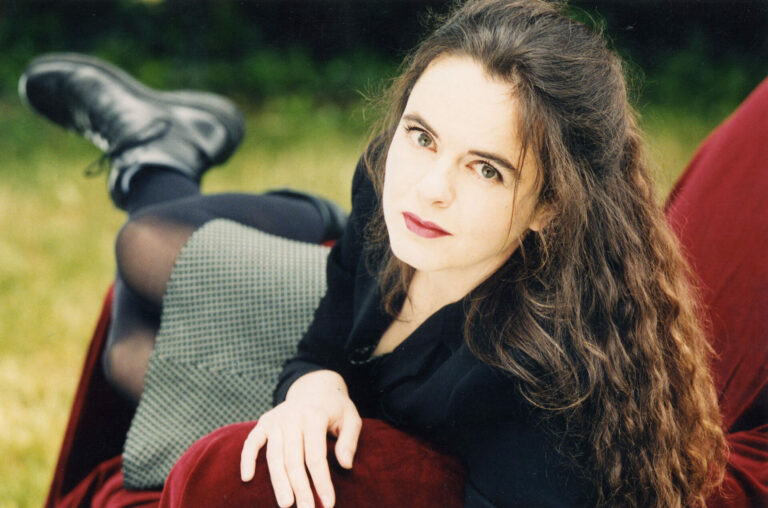Pastry chef Ravneet Gill has over 40,000 followers on Instagram, but not because she’s on the picture-perfect pastries bandwagon. She shares cooking tutorials, which always start with her jumping excitedly into view, videos of her drizzling sauce onto chocolate cake to R&B music, and food shots, running the spectrum from drool-inducing chocolate cake, to a very unsexy rice pudding.
“When I set out to work in pastry, my goal was to make flawless patisserie. You know, the stuff that looks a bit unreal because it’s so gorgeous?” Gill writes in the introduction of her new book, The Pastry Chef’s Guide: The secret to successful baking every time (Pavilion, September 2020). And you do know the pastries she’s talking about: Instagrammable croissants, gimmicky sweets, and desserts with so many three-dimensional toppings that you can’t bite into it.
It was after landing a position in the kitchen of St. JOHN in London, where she is now head pastry chef, that her perspective changed. She began focusing on “highlighting the ingredients and stripping a plate down to only a few simple elements.”
This idea of bringing pastry back to basics is central to her guide. It’s why, with the exception of four fold-out pages depicting delicately plated sweets, The Pastry Chef’s Guide is notably absent of photos. That kind of eye candy doesn’t highlight the ingredients—it highlights the display. In Gill’s book, amateur chefs won’t learn how to make “unreal” creations; rather, they’ll learn the fundamentals, secrets, and tricks to making quality pâtisserie creations every time. Flavor over presentation.
https://www.instagram.com/p/CAcMiOWH9sL/
Gill begins with “Pastry Theory 101,” which explains some baking science basics and the corners you can and can’t cut. For example, taking butter out of the fridge 20 minutes before you use it to make a crust – Gill explains why that’s a corner you can’t cut. (If you read the 2017 bestseller Salt Fat Acid Heat: Mastering the Elements of Good Cooking, by Samin Nosrat, this section will feel similar.) After that, the book is divided into sections, including sugar, custard, and cake, to name a few.
Sugar would be a weird section heading to have in a cookbook, but The Pastry Chef’s Guide is not a cookbook. “This book is more to give you the understanding that will help cement the foundations of pastry principles in your mind,” Gill explains. “Once you know these things and have a strong base, you can take these recipes and go off to build them and create your own.”
https://www.instagram.com/p/CAIlO8cn1Gv/
Much of the book is about making the “foundations” of pastries—the ganache filling, the puff pastry—but not actual pastries. The recipes that are included in The Pastry Chef’s Guide feel like practice for techniques, homework. The sugar section instructs how to make French meringue, then provides a recipe for Pavlova. There’s an explainer for how to make a great crust, followed by a recipe for a lemon tart. Though, it’s worth noting that not every pastry foundation has a recipe for practicing: there’s a recipe to make crème chiboust, but no recipe for what to do with it.
There are essentially two ways The Pastry Chef’s Guide can assist an amateur baker. You could go through it methodically, running experiments with sugars’ boiling points by making marshmallows and jam and practicing tempering chocolate. Or, you could use it as a reference book when you’re working on a pastry recipe from a cookbook, when you need guidance for making ice cream or troubleshooting ganache problems.
https://www.instagram.com/p/B-H6Zgen-x4/
Throughout, the writing is clear and infused with wit. “Parfaits,” Gil writes, “are great for when you’re in the shit” (i.e., when your ice cream machine is broken). At one point, she declares a recipe delicious enough to eat plain with a spoon or bathe in. Ingredient amounts are written in grams, ounces, and cups, and British terms are accompanied by their English equivalents.
With The Pastry Chef’s Guide on your shelf, you may not learn to how to create the icing pattern on the top of a mille-feuille, but you will perfect a whipped ganache that goes inside a whole slew of pastries (including mille-feuilles). “Pastry is an art but it is also food,” she writes. And shouldn’t the taste take precedent over the appearance? Gill certainly thinks so.






